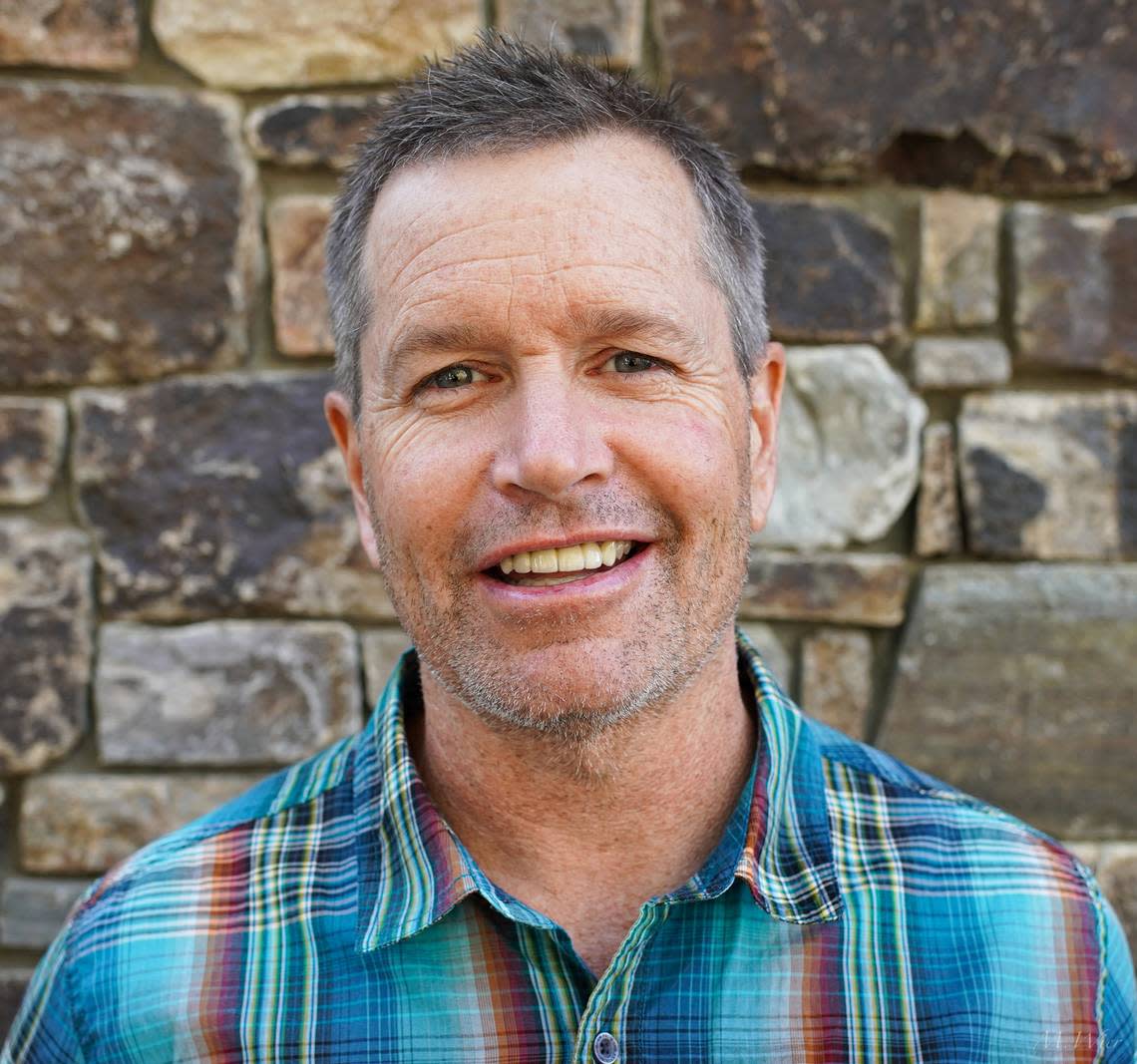In California, momentum around removing dams that do more harm than good is growing | Opinion

- Oops!Something went wrong.Please try again later.
Earth is sending us a message: It’s time to heal watersheds that 20th Century engineers fundamentally disrupted when they thought they could outsmart nature and control wild rivers.
The removal of four Klamath River dams along the California-Oregon border is in the spotlight — and for good reason. It is the largest dam removal in our nation’s history and represents the culmination of decades of advocacy, politicking and negotiations led by tribes and supported by a broad swath of non-profit organizations and commercial fishermen.
Yet more is happeing. At the other end of the state, a series of smaller dam removals is moving forward with less fanfare. A coordinated effort throughout the Cleveland National Forest and elsewhere in Orange County to remove 80-plus barriers is almost complete. This work will give native fish the ability to move around in response to threats like fire and drought — changes that will give access to essential habitat for critically endangered Southern steelhead trout.
Like on the Klamath, this effort is proceeding smoothly thanks to a broad collaboration of public and private agencies and organizations working together to minimize red tape and restore essential habitat.
Opinion
In California alone, thousands of dams provide a long list of human-centered services. From flood control to hydroelectricity to water for drinking and irrigation, dams contribute to the way of life known in the Golden State since settlers arrived. But most of these dams were built between the 1930s and 1960s, and some are now beyond their useful lives.
Today, we understand dams compromise entire ecosystems. We have better ways to reap the benefits dams once provided. Groundwater replenishment is far less harmful than above-ground reservoirs created by dams, which disrupt river systems, promote toxic algae growth, emit climate-harming methane and waste large volumes of water through evaporation. Solar and wind produce cleaner energy than dam-generated hydroelectricity, and advances in irrigation allow us to grow more food with less water.
For all these reasons, a wave of dam removals is coming. While some dams are critical to statewide water infrastructure (we won’t breach Shasta or Oroville dams anytime soon), many need upgrades that simply don’t pencil out. From the sediment-filled Matilija Dam to the seismically unsafe Potter Valley Project complex on the North Coast, momentum around removing dams that do more harm than good is growing.
Imagining a different future is hard, especially when the downsides of dams are underestimated. But crashing salmon populations, growing impacts of climate change and the real costs of maintaining aging dams should inspire every Californian to consider the benefits of restoring and protecting free-flowing rivers.
Thankfully, we have a growing body of experience that can help us get the job done. First, lead with science: Understanding the costs and benefits of keeping an aging dam in place is critical to figuring out whether a dam is worth keeping.
Second, build consensus: Bringing key stakeholders into the conversation is a critical step in making dam removal a reality, particularly when regulators have the final say in whether a dam stays or goes. Whenever possible, let tribes lead the way. Dam removal is a racial justice issue, one that aligns with state efforts to address longstanding wrongs against tribal communities.
Most importantly, persevere: Dam removal takes a lot of resources and careful planning, but compared to the vast benefits healthy rivers provide, the investment and effort are worth it.
Removing defunct dams throughout the state will improve our resilience in the face of increasing weather extremes. Gov. Gavin Newsom’s recently announced salmon strategy acknowledges that targeted dam removal coupled with investments in science are crucial to recovering salmon populations.
Just as science and engineering led us into the era of rampant dam building, new understandings open the door to working with — rather than against — nature. We have the knowledge and know-how to make it happen. And we don’t have a minute to waste.
Curtis Knight is executive director of the watershed and fish advocacy organization California Trout .

